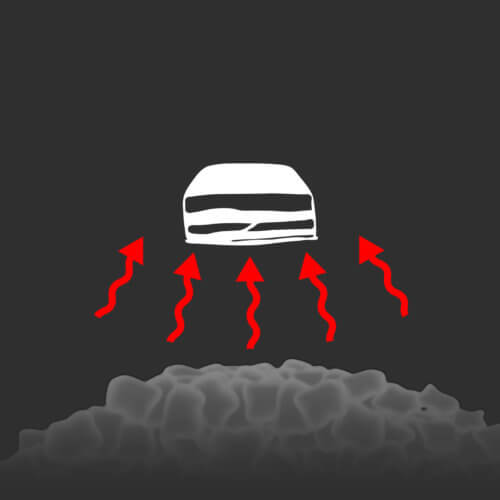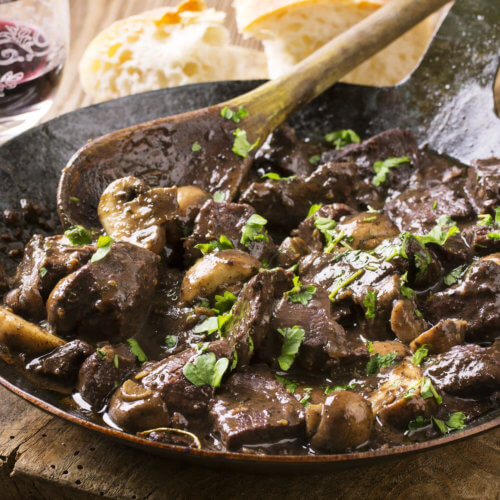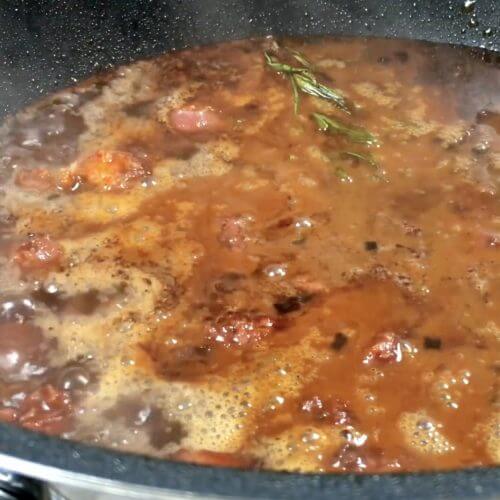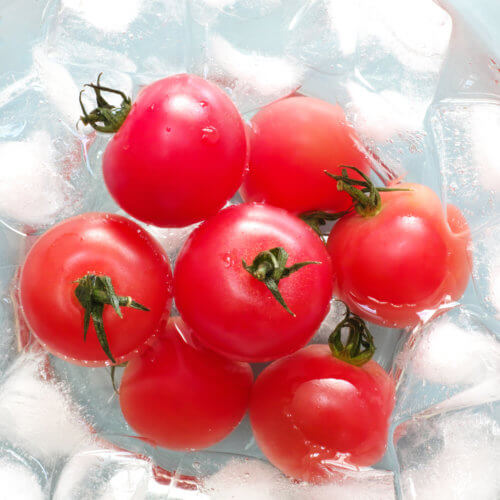Roti, also known as a chapati in India, is just a very flat bread. It is unleavened, unlike the famous naan bread, and is wonderfully easy to make. Traditionally, it is made with wholemeal flour and water.
While the roti definitely originated in India and South Asia, it is found nowadays in quite a number of culinary traditions around the world. For instance, the influence of Indian cuisine on Caribbean food has made the roti a staple in some communities. It’s quite a versatile bread, and knowing how to make it can be very useful. Rotis are robust enough to use as a wrap, but tasty enough to eat on their own, or with a little bit of ghee (which we’ll show you how to make next week).
Above all however, rotis or chapatis make an excellent accompaniment to saucy curries and dips like the raita we made last time. In fact, if you want to save on the washing up you can even use the roti as a sort of spoon, scooping up bits of food and then mopping up the juices afterwards.



